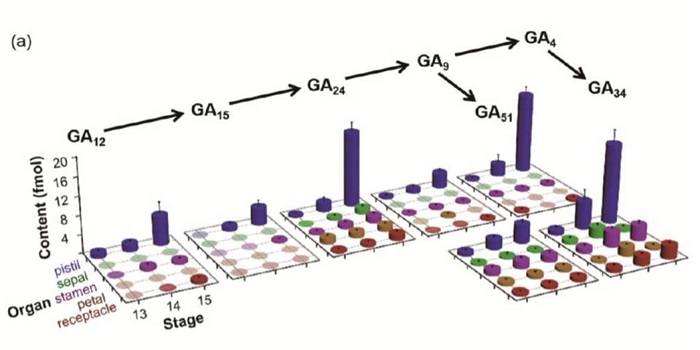
Technical Advance: Quantification of near attomole gibberellins in floral organs dissected froma single Arabidopsis flower ($)
0 Comments
/
We all learned the series milli-, micro-, nano-, pico-, femto-, but I didn’t learn atto- (10-18), as it’s rarely used in biology, representing such a tiny number (FYI, atto- is followed by zepto- and yocto-). Li et al provide a method for quantifying gibberellin (GA) hormones at “near attomole”…
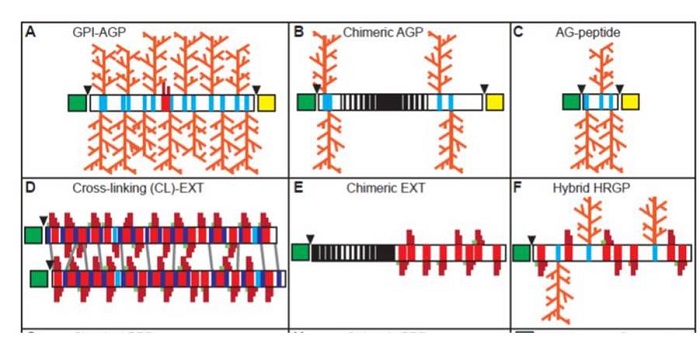
Breakthrough Technologies: Hydroxyproline-rich glycoproteins – bioinformatics and evolution
A pair of Breakthrough Technology papers in Plant Physiology discusses new tools to identify hydroxyproline-rich glycoproteins and insights into their evolution. Hydroxyproline-rich glycoproteins (HRGPs) are repeat-rich cell wall proteins that have been described as falling into three large families:…
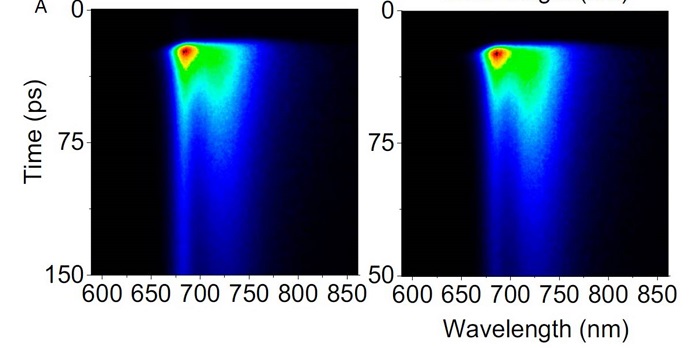
Zeaxanthin-dependent nonphotochemical quenching does not occur in photosystem I in Arabidopsis thaliana
Photosynthesis in plants involves two photosystems acting in series, Photosystem I (PSI) and PSII. Each photosystem is a massive complex consisting of numerous proteins and pigments. The photosystems are efficient at light harvesting but also sensitive to high-light induced photooxidative damage. Photosynthetic…

LIL3, a light-harvesting complex protein, links terpenoid and tetrapyrrole biosynthesis
The final step in the synthesis of chlorophyll is the joining of chlorophyllide, (a tetrapyrrole with planar structure similar to heme) to a linear lipid (a product of the terpenoid pathway) that provides an attachment point for the resulting chlorophyll to pigment-binding proteins of the light-harvesting…
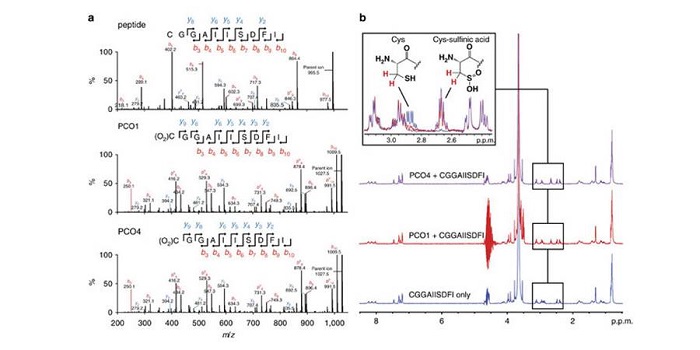
Suppression of plant hypoxia responses by cysteine oxidases and arginyl transferases that initiate transcription factor turnover by N-end rule pathway
Flooding “drowns” plants by depriving them of oxygen, leading to hypoxia and ultimately death. Ethylene-responsive transcription factors (ERFs) have been identified that induce expression of genes to support anaerobic metabolism and are critical for hypoxia survival. ERFs are selectively destabilized…
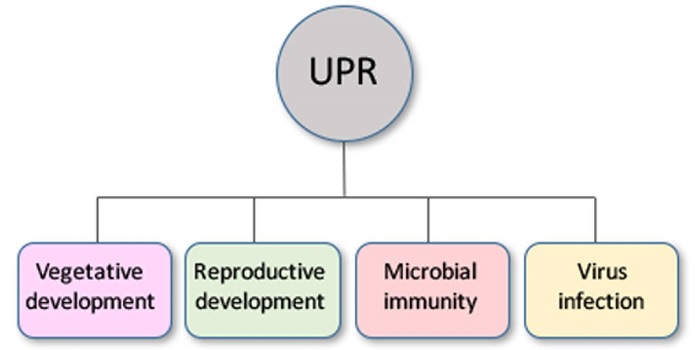
Review: The unfolded protein response in development, defense, and stress
The unfolded protein response (UPR) is a eukaryote-wide signalling pathway in which unfolded proteins in the ER (often caused by abiotic stress) initiate signals transduced to the nucleus that lead to the expression of stress-response genes. Bao and Howell review the UPR in plants. They describe two…
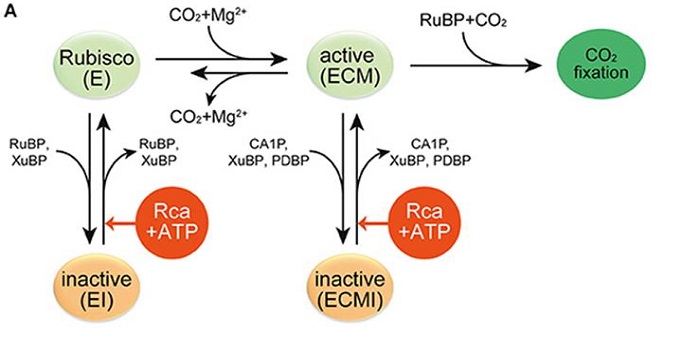
Review: Rubisco activases: AAA+ chaperones adapted to enzyme repair
Rubisco, the fundamental enzyme required for photosynthetic carbon fixation, is susceptible to inactivation by the inhibitory binding of various metabolites. Rubisco activases (Rca’s) are enzymes that remodel Rubisco and facilitate the elimination of the inhibitor. All photosynthetic organisms have…

Cell-free membrane protein expression system enables functional characterization of receptor-like protein kinase FERONIA ($)
Membrane proteins are some of the most interesting cellular proteins, serving as sensors and transducers of diverse signals, yet they also are the most challenging to investigate because they require lipid interactions for proper structure and function. Recently, cell-free expression systems for membrane…
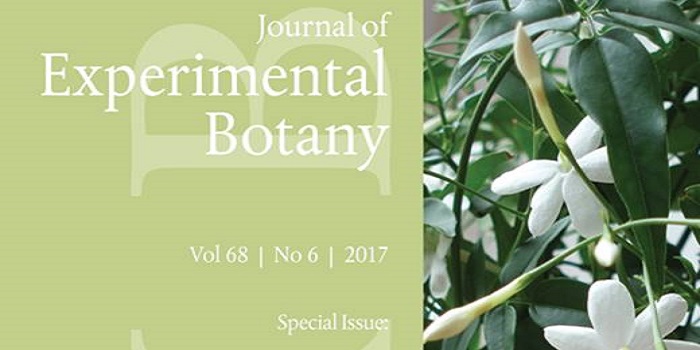
Special issue: Flowering of jasmonate research
Jasmonates are a family of compounds including jasmonic acid and its derivatives that regulate many plant processes from germination to defense. The Journal of Experimental Botany has a special issue on jasmonate research, which commemorates the advances in this field in the ten years since the JAZ proteins…

